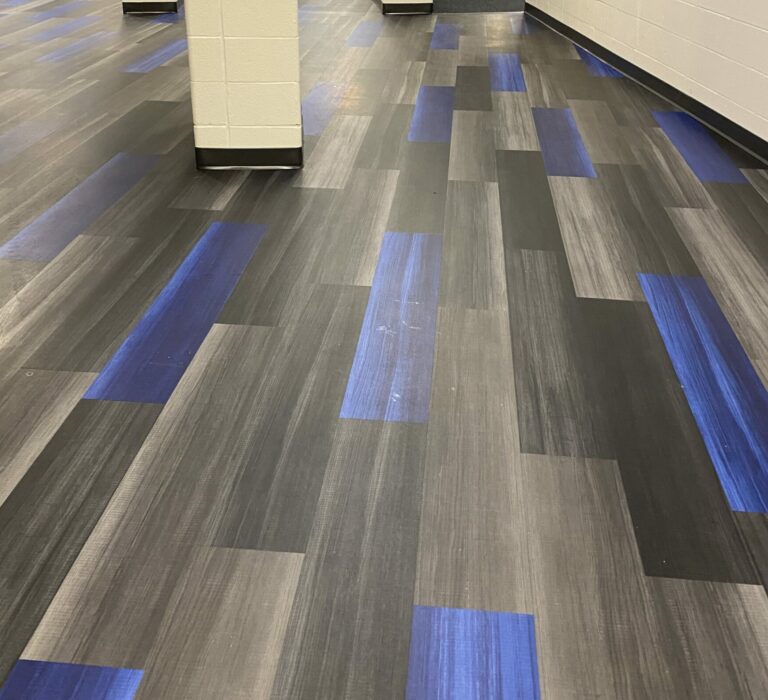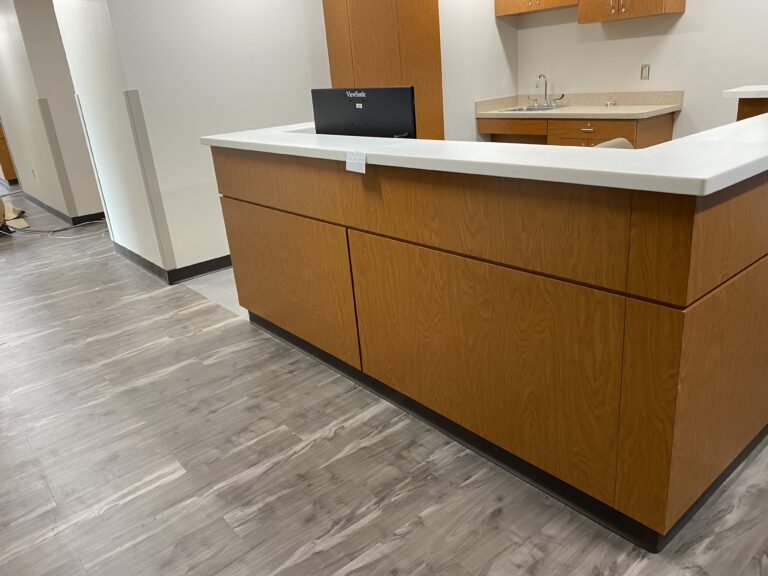One of the most important factors when installing a new floor is to make sure that you avoid subfloor moisture problems at all costs. When it comes to your floors, moisture is a term you want to avoid because too much of it can wreak havoc on your brand-new flooring systems.
What is a subfloor and why do you need one?
A subfloor is a structure attached to your floor joists that provides support for your finish (surface) flooring. Used alone, most finished flooring materials are not strong enough for the dead weight of furniture, cabinetry, appliances, and other household objects plus the live weight of people and pets.”
Your subfloor provides a level surface with stability, making installation easier while providing another crucial element: preventing floor damage from moisture and mold.
When it comes to applying a subfloor there are several different types including wood plank, plywood, OSB, and concrete. It’s always best to work with a professional to understand what type of subflooring would suit your needs and the specific moisture issues that your subfloor may display.
What steps should you take to prevent subfloor moisture?
Take proper measurements before, during, and after installation of the moisture level
Make sure that the room’s humidity control units are in place and in their proper ranges, what it would normally be on a regular day. Make sure that you use the proper equipment and tools specific for your subfloor when measuring the moisture and test several locations throughout the room.
Most subfloors are concrete slabs and one of the most important factors when it comes to floor installation is MOISTURE. Make sure to properly measure the moisture in your concrete floor slab to avoid any issues ranging from mold and mildew to degrading, rotting, and warping, bowing or bubbling.
Add a flooring underlayment with a vapor retarder barrier, also known as a moisture barrier
Depending upon the climate where you’re installing as well as what the subfloor is made of, you may want to consider this step. It’s especially important when you’re installing flooring over a concrete slab subfloor as concrete is porous and can be prone to moisture problems.
There are class I, II, and III vapor retarders that differ on how permeable they are when allowing fluid to flow through.
Choosing a moisture barrier depends on the flooring that’s being installed. Therefore, when trying to find the right barrier, it’s important to talk to a flooring professional, or review the manufacturer’s guidelines for the flooring.
Make sure that your contractors don’t penetrate the vapor barrier
Your installers should always know this, but if you are installing a floor where a vapor layer has been added on top of the subflooring, you want to make sure that the nails or the measures used to properly lay the flooring don’t penetrate the barrier. For example, if you’re laying a solid wood floor down and a nail penetrates that barrier, there is now a hold where moisture can slowly seep through. Whether you’re upgrading your floors or doing an installation in a new facility, you’ll want to make sure you work with a reputable flooring professional that can provide you with the best solutions for your space and requirements. When doing this, make sure to ask questions about the moisture in your facility, the testing being done, and the type of subfloor that would work best in your conditions.
From Indianapolis and Fort Wayne to Merrillville, Valparaiso, and Lafayette, our team is always here to help. Contact us today for your flooring needs!
















